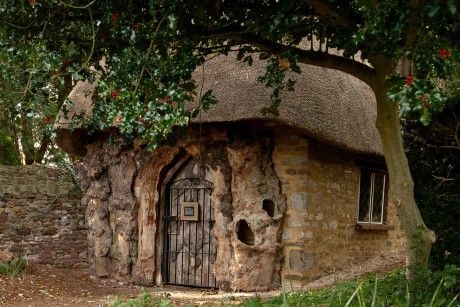A school visit to Dr Jenner’s House, Museum and Garden could leave pupils fascinated in the history of medicine and scientific discovery.

Edward Jenner was an English physician and scientist born in 1749, who devised the world’s first vaccine – the vaccination for smallpox, which was the cause of many deaths.
He discovered the vaccination when he noticed that milk maids who caught mild forms of cowpox from milking cows never contracted smallpox. From this he went on to experiment by giving people, including his own children, a small amount of coxpox to see if it could prevent smallpox – which it did.
Eventually his findings were published and his vaccination was created. Smallpox was then eradicated, with countless lives saved in the process.
Dr Jenner’s House, Museum and Garden traces the impact of one of the pivotal events in world medicine and ties in with the National Curriculum for History and Science, with topics such as Medicine Through Time or the Science of Immunology.
What can pupils expect to see?
On a school visit, pupils can explore the place Jenner lived and from where he told the world about his work. Around the house schools can discover rooms such as Jenner’s Study where he wrote up most of his work and findings.
The Temple of Vaccinia is located in the garden and is where Jenner vaccinated the people of Berkeley for free.
The Physic Garden showcases the medical practises of Jenner’s time and focuses on the belief of the four humours, which is another topic covered in Medicine Through Time. The belief was that all illnesses were caused by an imbalance of the body’s four humours. Each bed in the Physic Garden contains plants that were said to heal different parts of the body. Here, pupils can discover the purposes of medicinal plants.
Pupils can also learn more about Jenner’s other interests, which included music, fossil hunting, poetry, and hot air ballooning.
Schools can book special talks and tours that can be tailored to the subjects they are learning.
School visits
A school trip to Dr Jenner’s House, Museum and Garden can involve museum trails and workshop packs for pupils to get involved in.
It offers school visits across the curriculum for students of Key Stage 1 up to Key Stage 4. Teachers are also encouraged to go along to the museum on a pre-visit to discuss their trip.
Schools can discover Jenner’s work and legacy through various displays and artefacts that can be seen throughout the house and museum.
The venue has a variety of learning resources to ensure that visits are educationally beneficial for students.
Nearby attractions
Schools may also like to combine their visit to Dr Jenner’s House, Museum and Garden with another nearby attraction.
These include Berkeley Castle, Cattle Country Adventure Park, Slimbridge Wetland Centre, as well as the historic towns of Dursley and Thornbury.
For more information on Dr Jenner’s House, Museum and Garden visit www.jennermuseum.com/schools.










